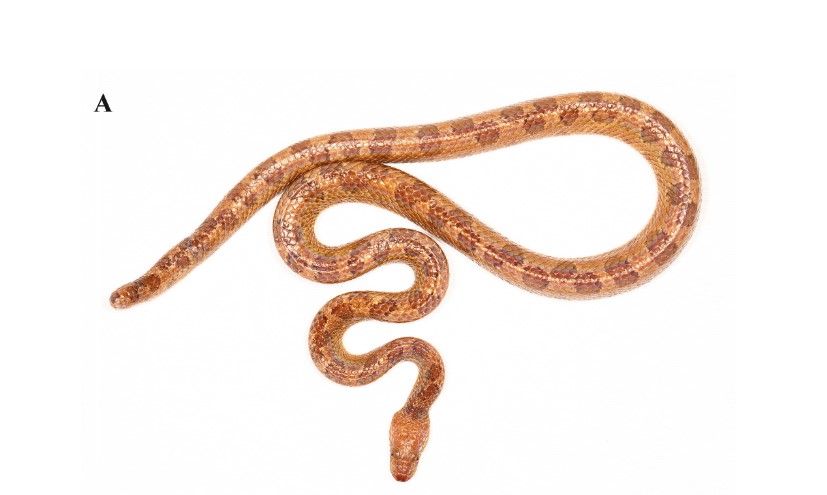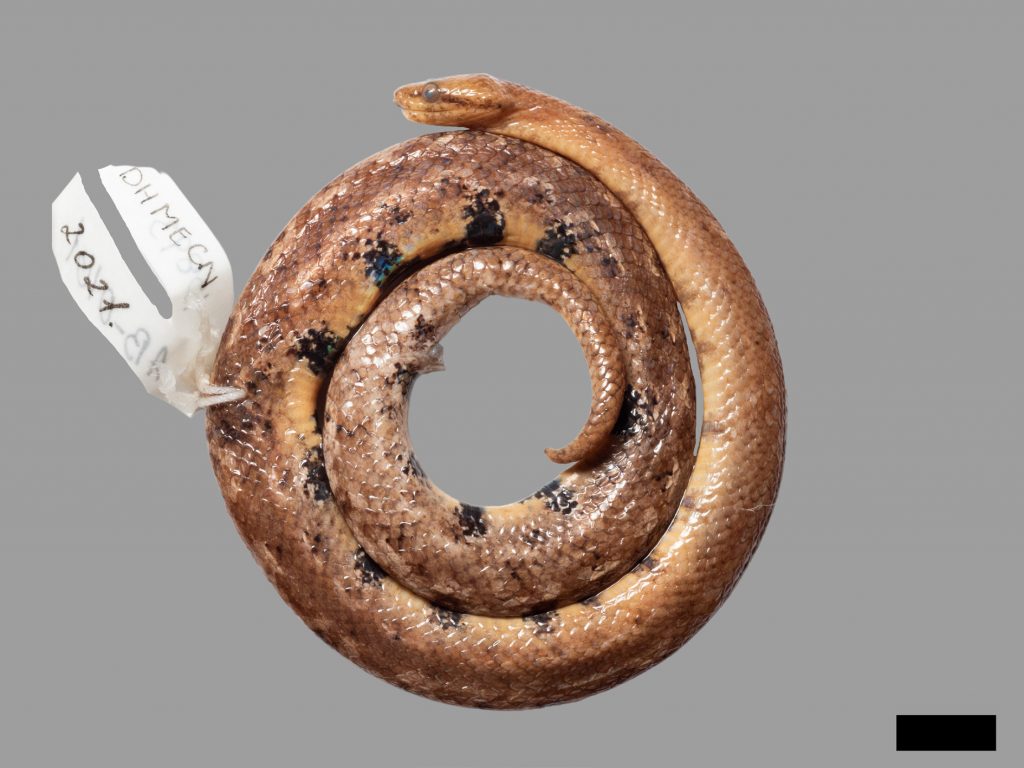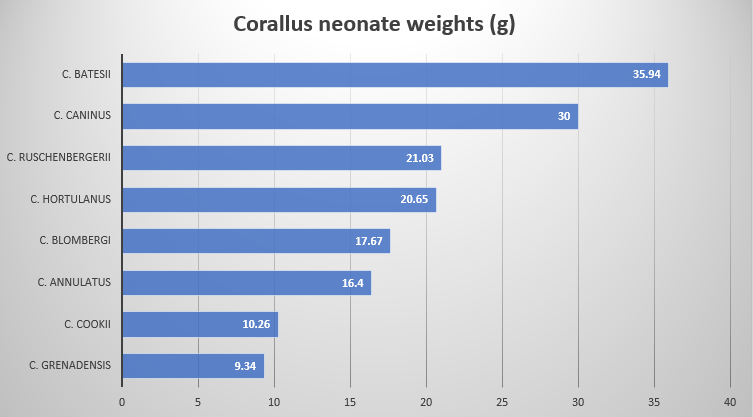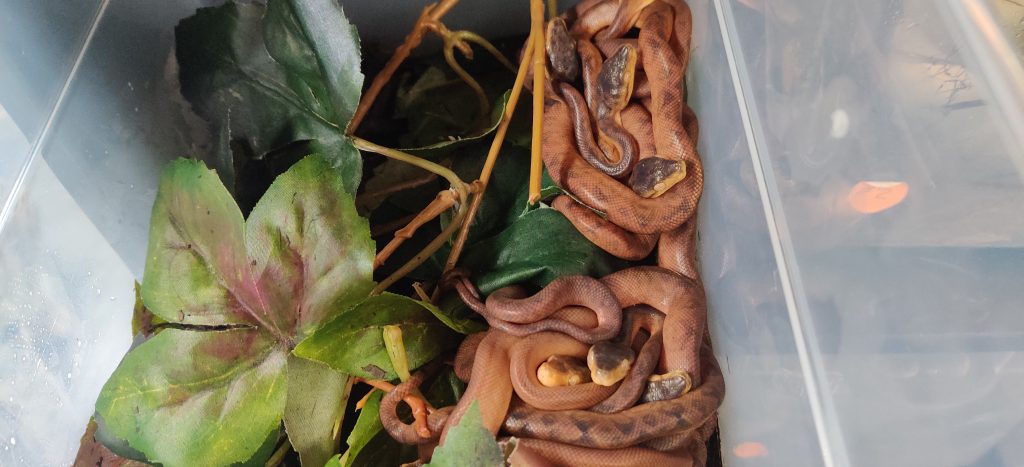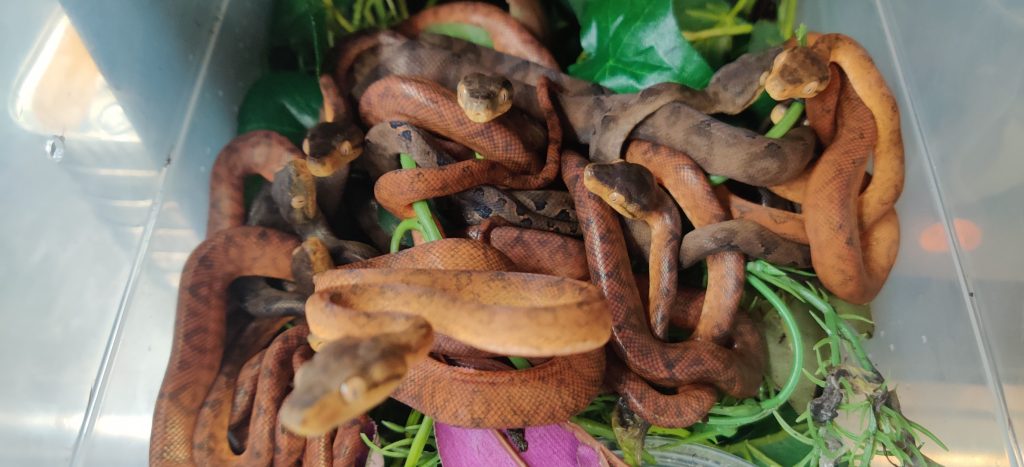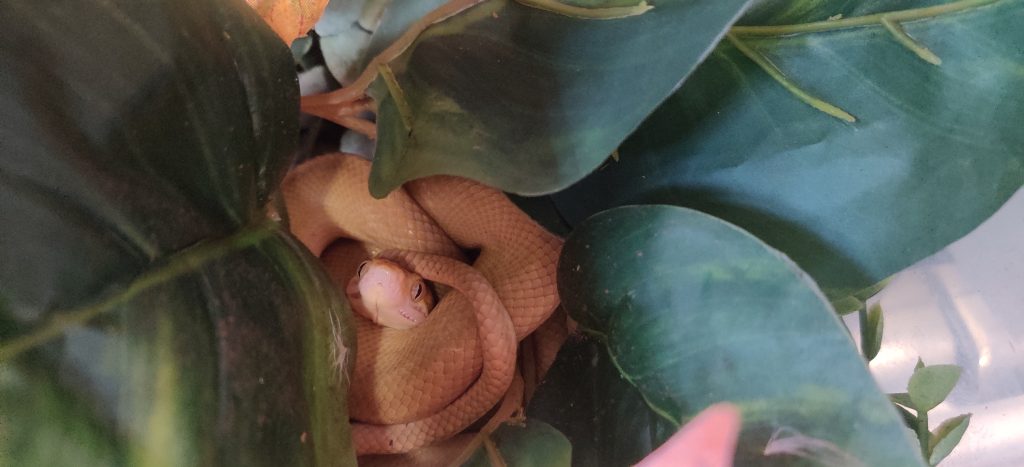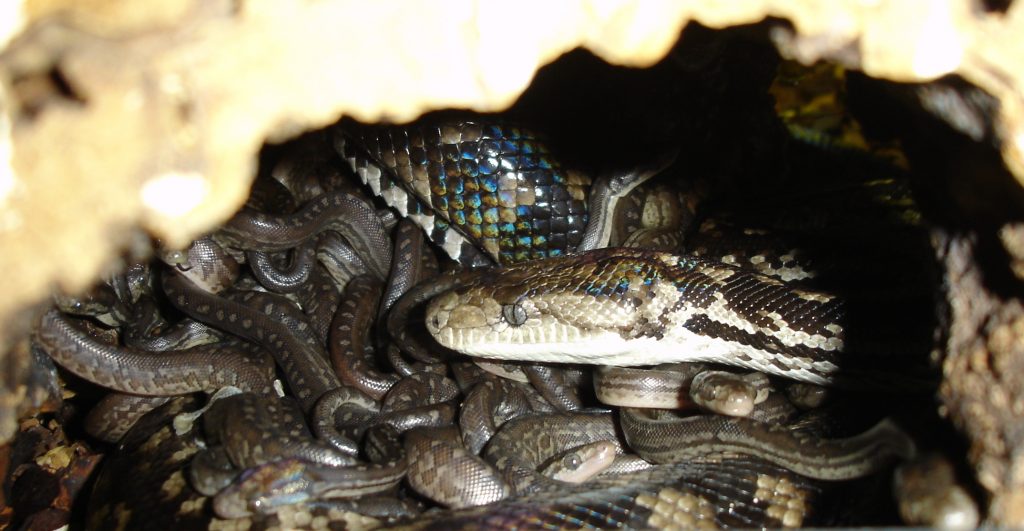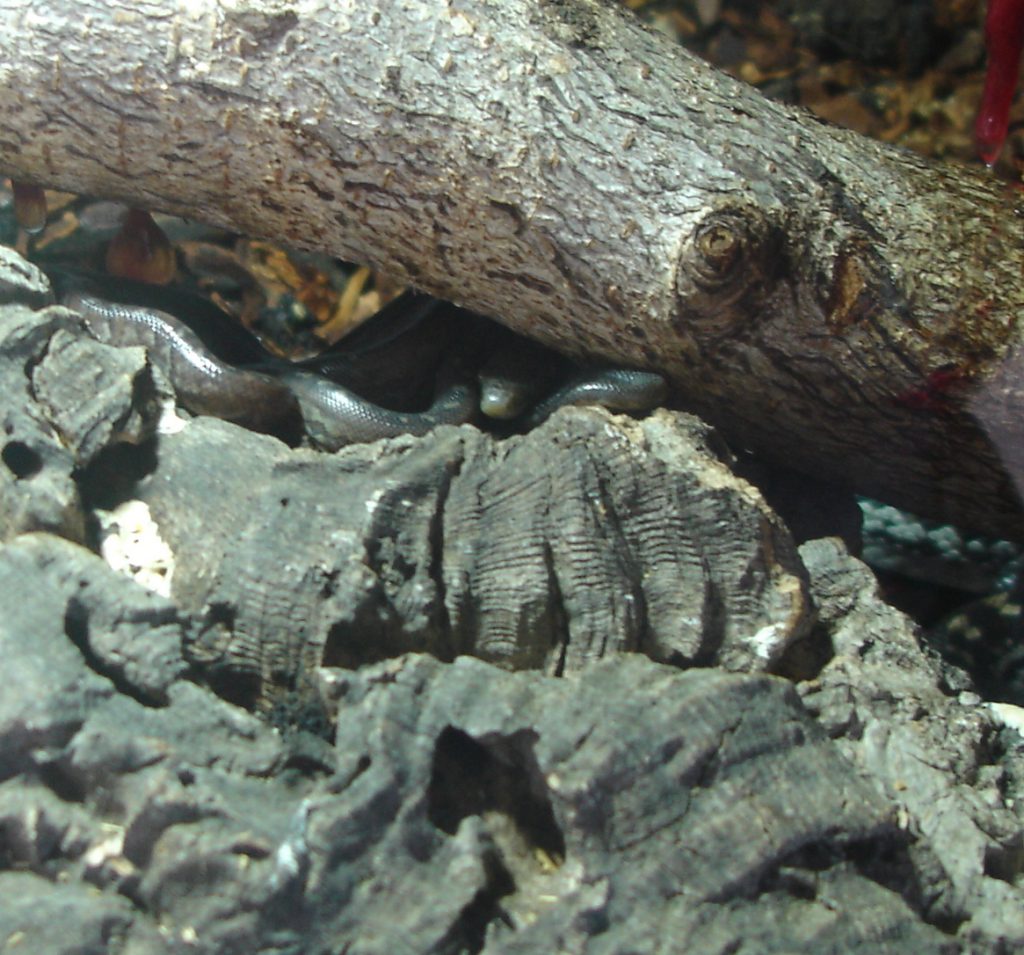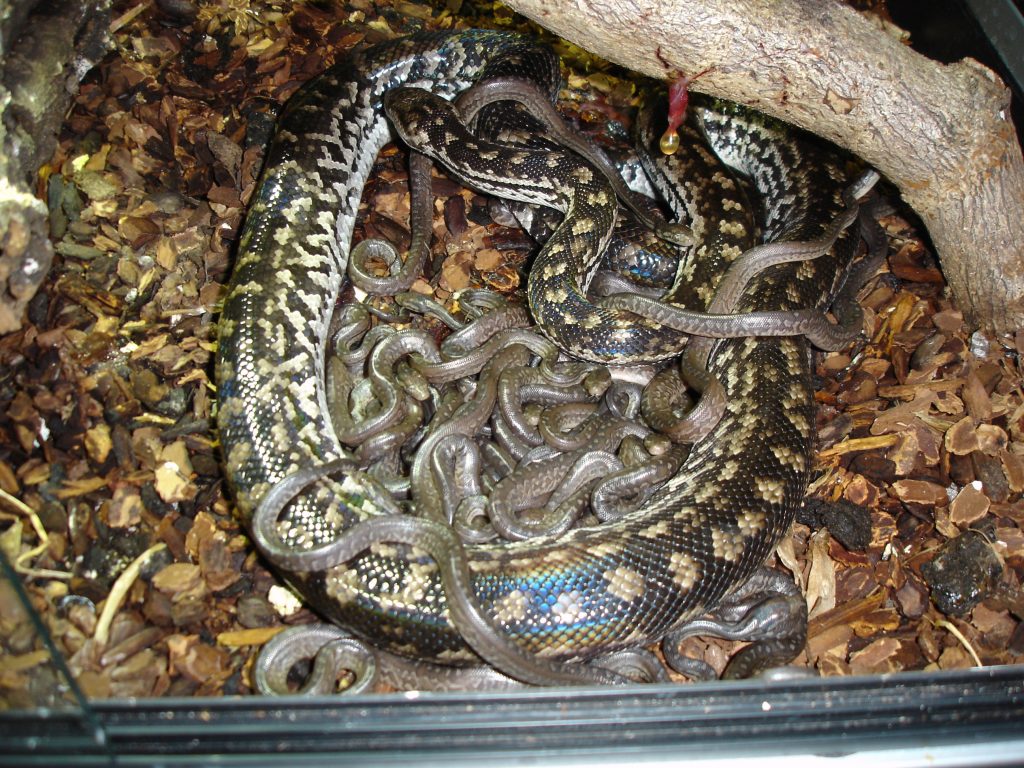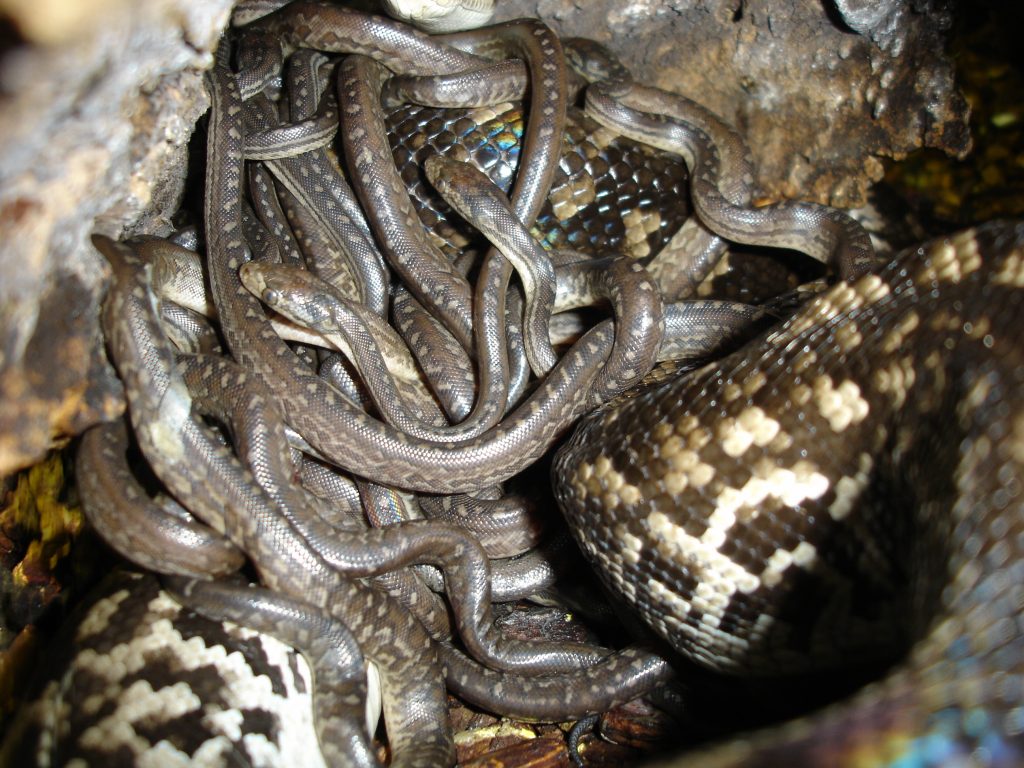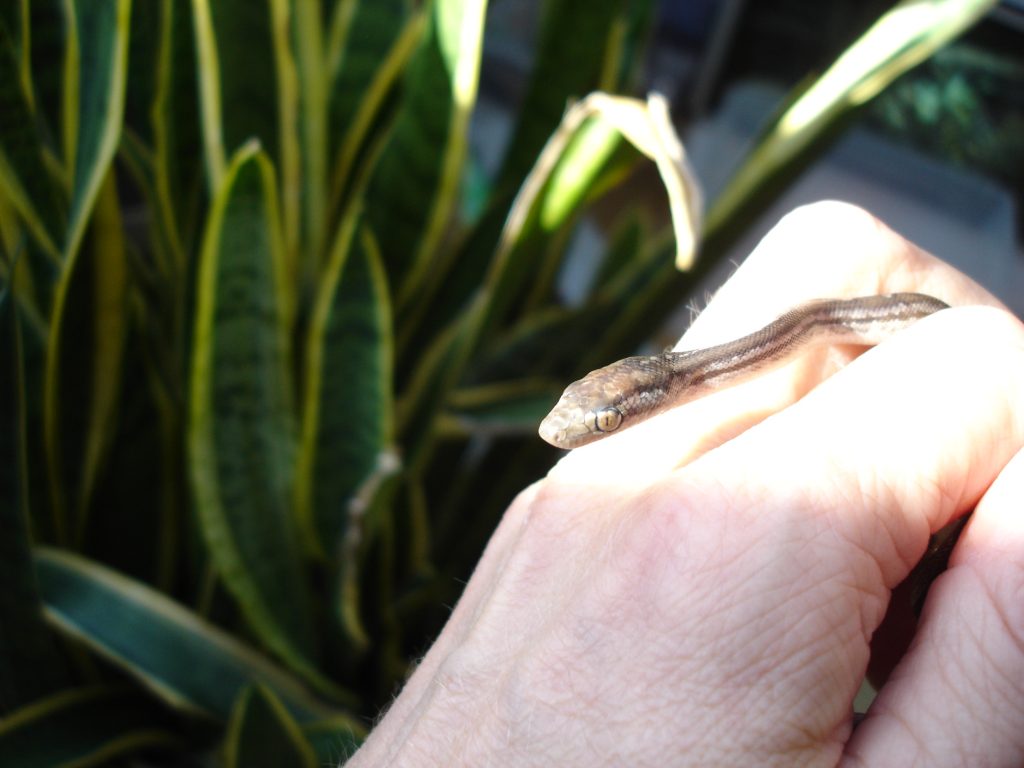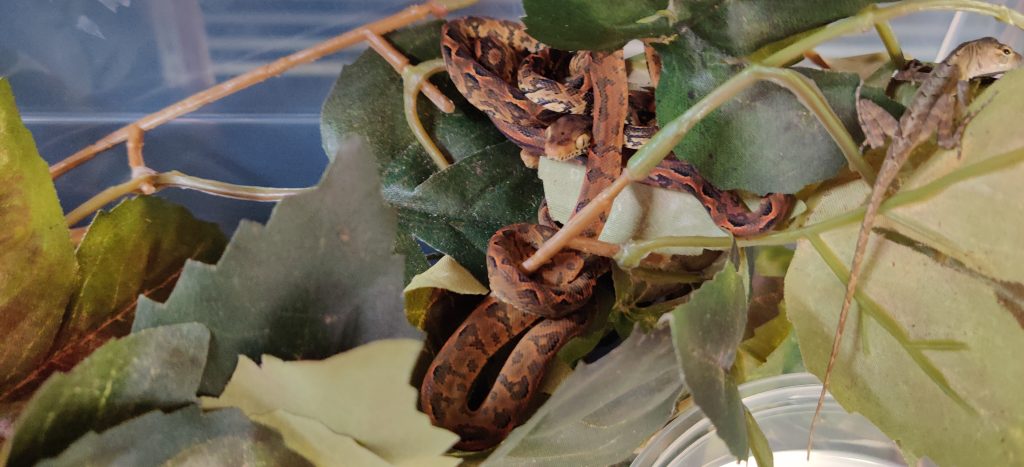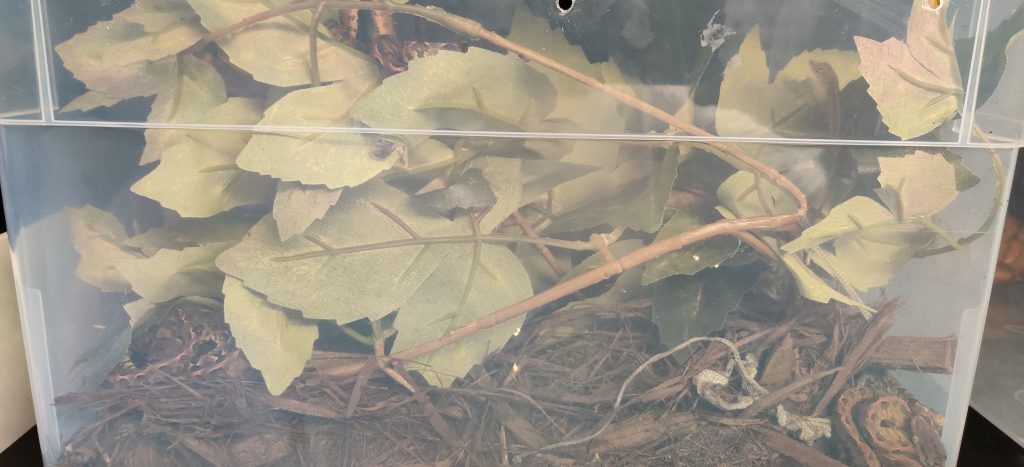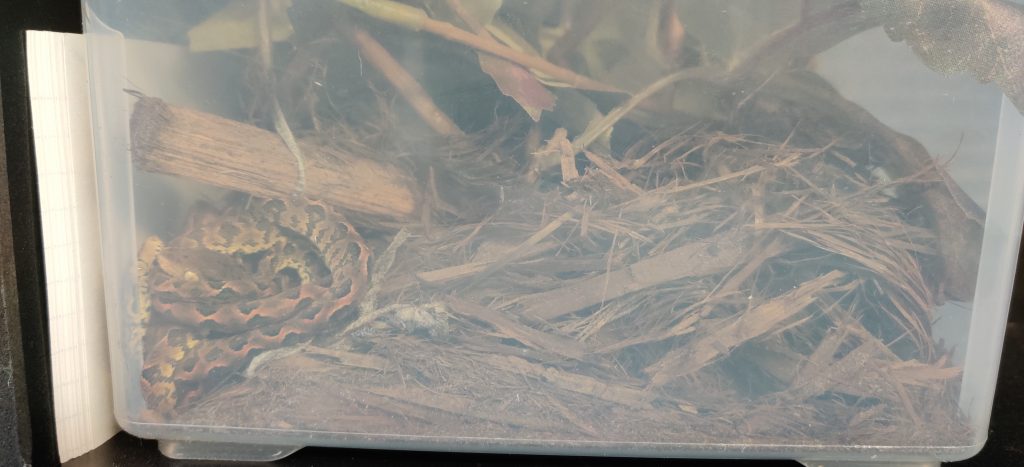Some time ago, Ivan Rehák from the Zoo Prague informed us about a new genetic study on the Cuban boa Chilabothrus angulifer that he co-authored . We are very thankful for this and appreciate the study. We are deeply sorry for not covering it earlier.
The team of researchers addressed the question whether the Cuban boa is in fact a species complex. They analyzed the mitochondrial haplotype structure of the European ex situ population of Cuban boas. The results revealed a high degree of diversity. 96 specimens were sequenced and 25 distinct haplotypes detected.
The results further indicated a deep divergence among three principal haplogroups, with bayesian estimates of the divergence time equal to 3.57 and 2.26 Mya respectively.
Rehák and colleagues consider this divergence as an argument for diverse evolutionary lines whose distance corresponds to or is greater than among some other – taxonomically recognized – species of the genus.
Whether these lines represent whole species or subspecies needs to be tested by further in depth studies with genetic material collected from different locations in cuba.
To read the study please click here
